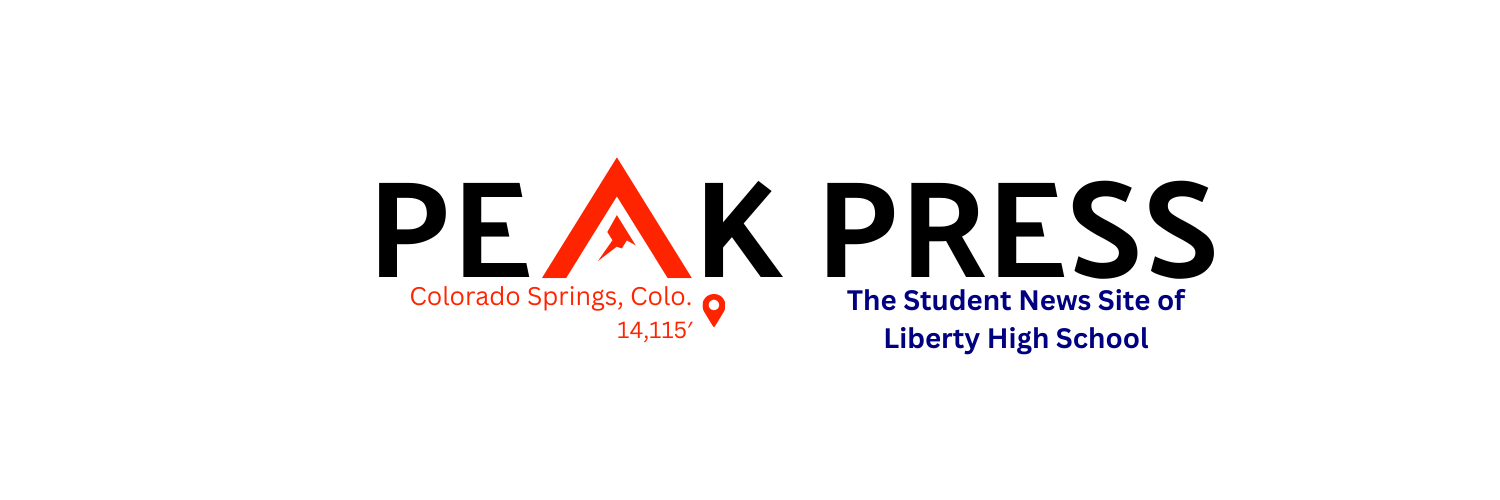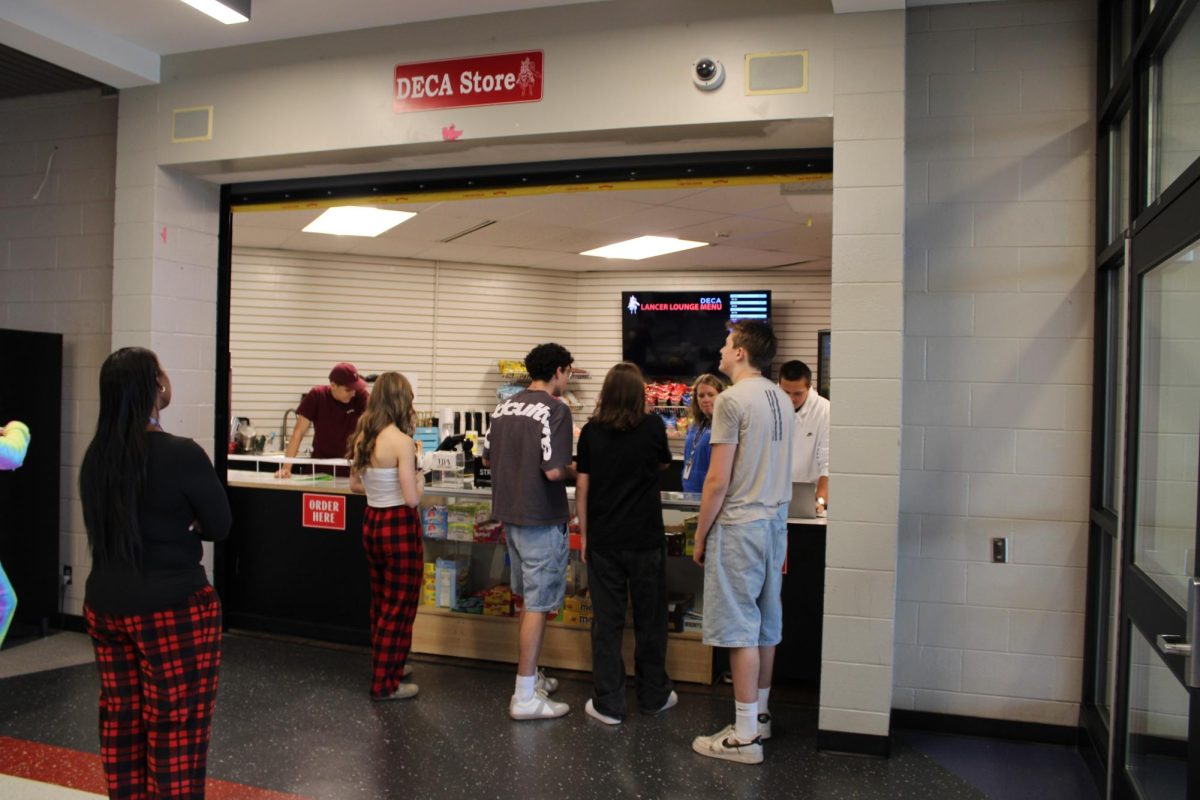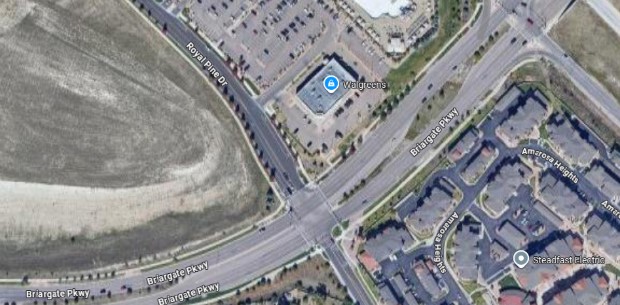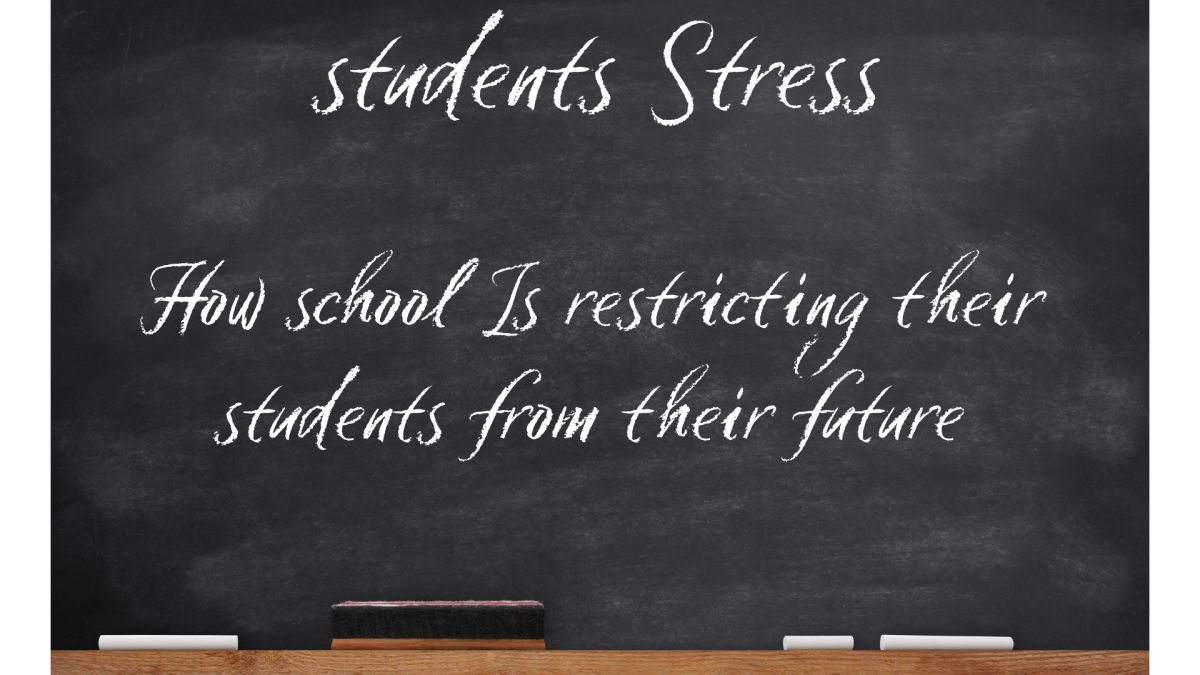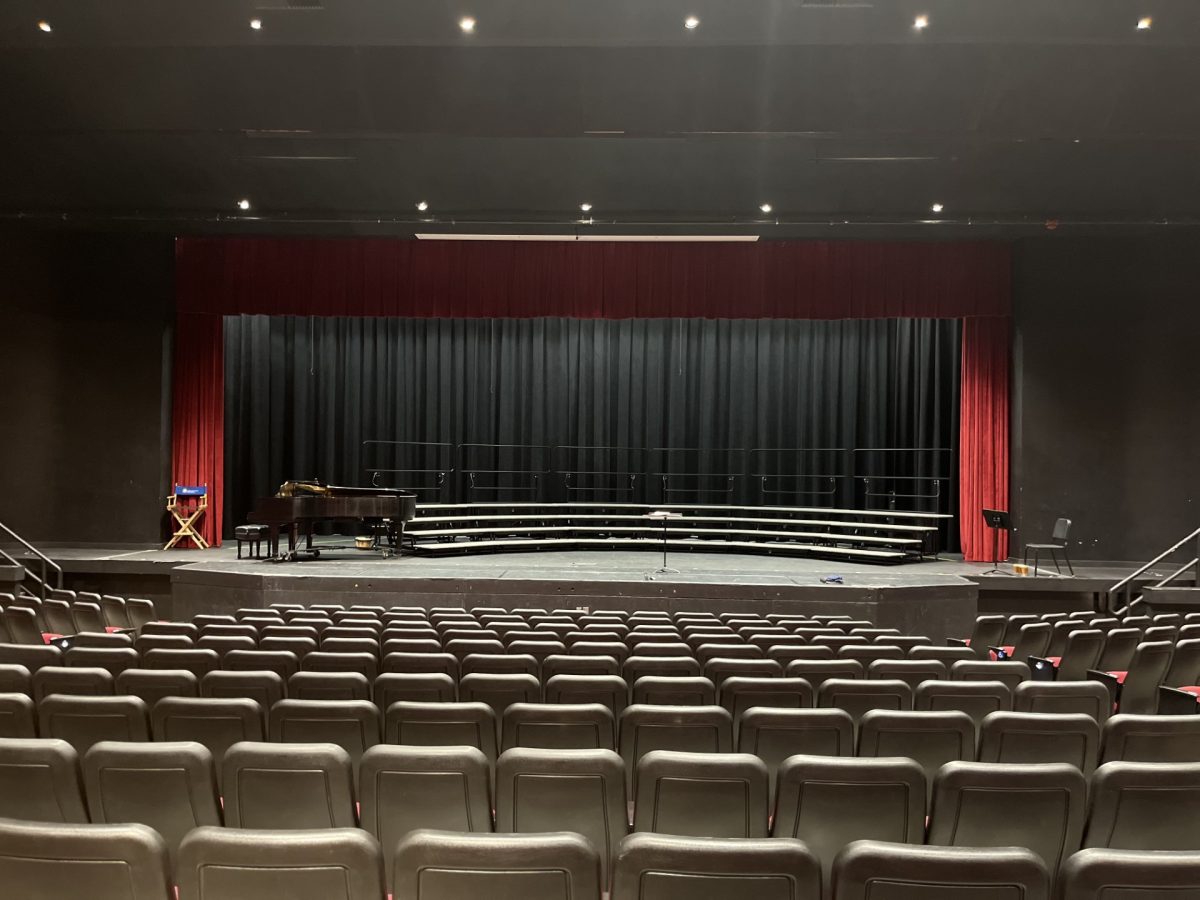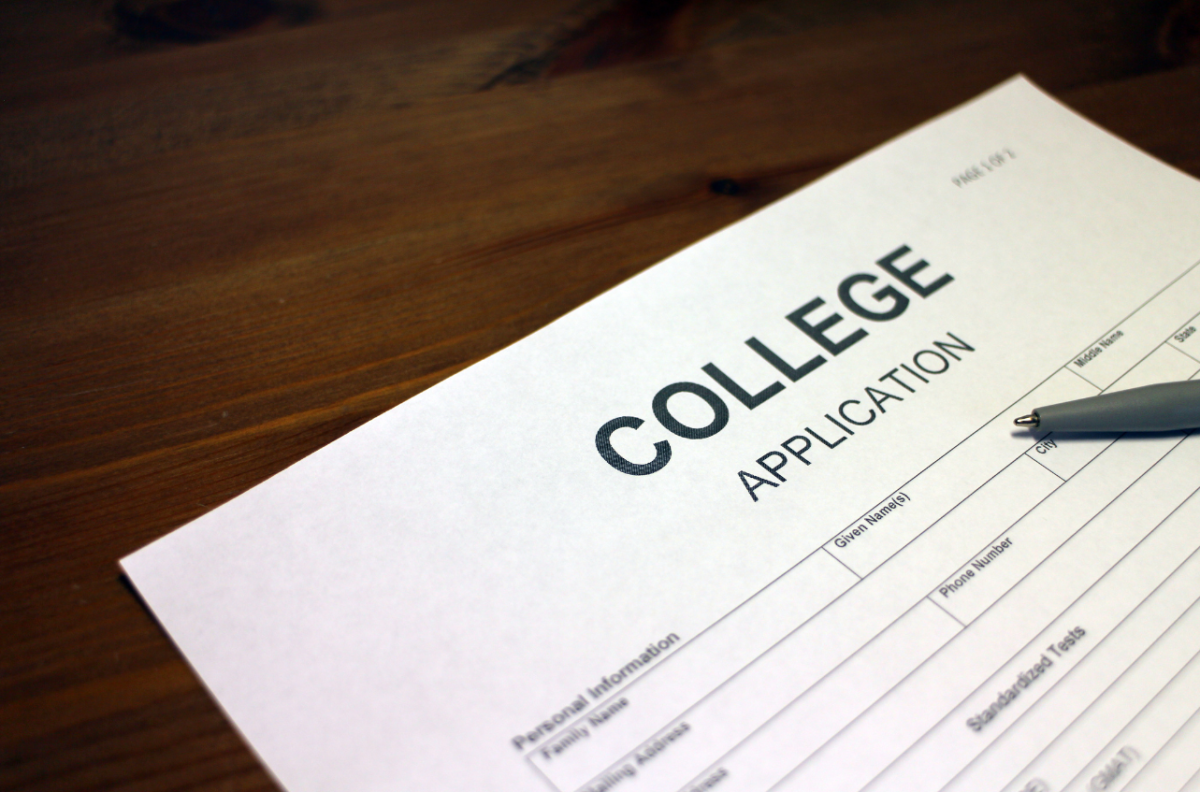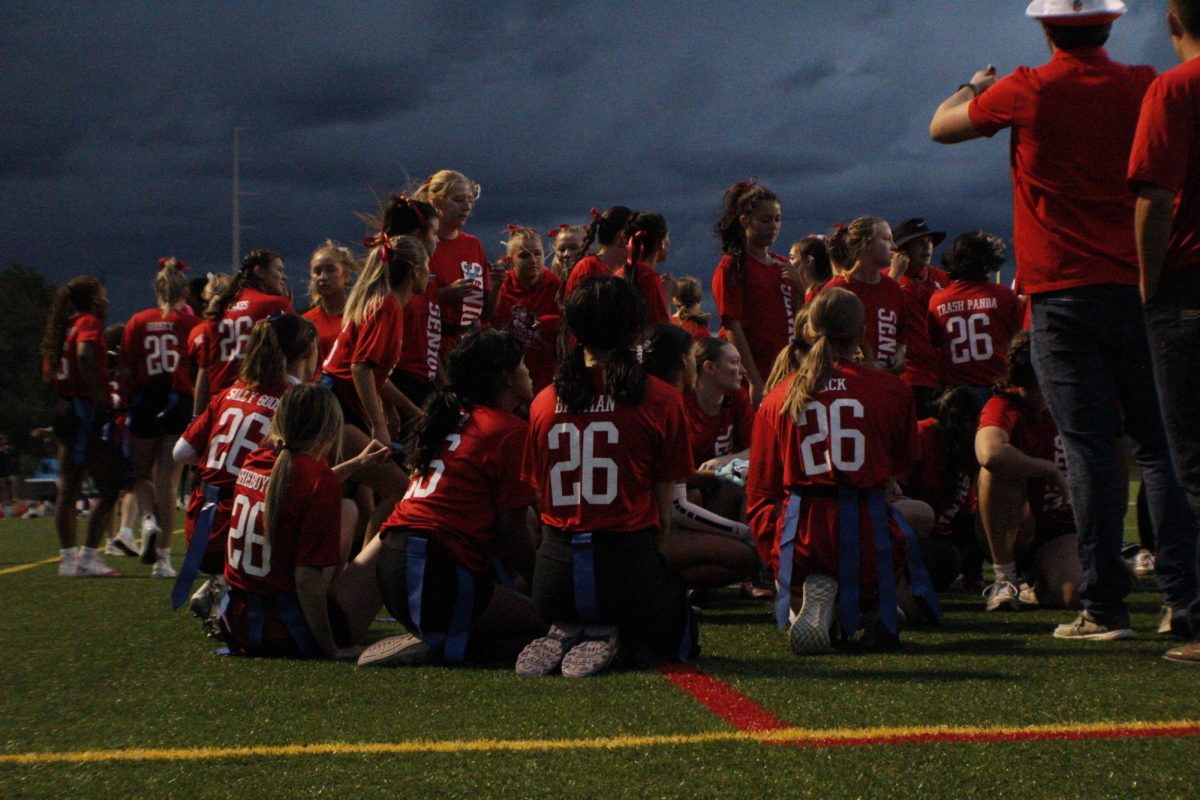The foreign language staff at Liberty are thinking of adding new classes to their department. So, this is the perfect time to bring up a class that should’ve been offered long ago: American Sign Language (ASL).
The past years has been a rough year for the deaf community, especially in the state of Colorado, as the number of certified ASL interpreters has plummeted. Due to the lockdown in 2020, it has become increasingly more difficult to obtain an ASL interpreting license and get employed. In fact, the National Association for the Deaf ranks Colorado at 43/50 states regarding the involvement of ASL interpreters in 2020 press briefings. It has only gone downhill from there.
Under Section 504 and the Americans with Disabilities Act, “programs which receive federal financial assistance [are required] to provide accommodations, such as qualified interpreters, real-time captioning (also called CART), assistive listening devices, or other auxiliary aids, to people with disabilities when necessary to ensure effective communication.”
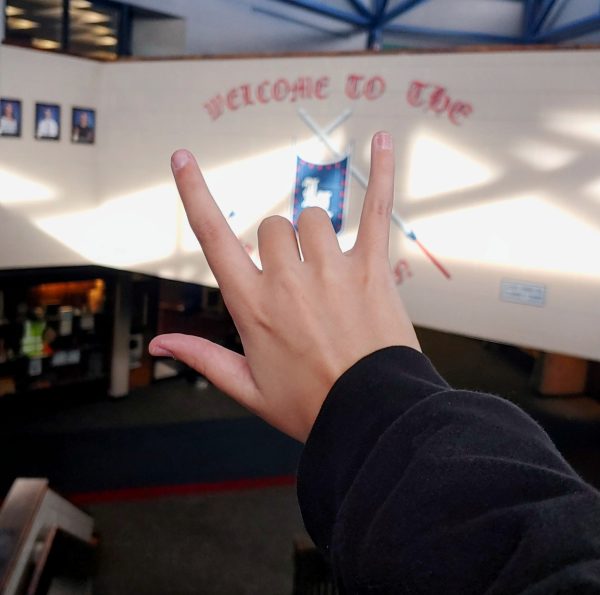
However, if the number of certified interpreters in Colorado is so low, how can deaf students receive these necessary accommodations? The answer lies in the everyday; the more students know ASL, the more hearing students communicate with deaf students. Having the general knowledge of ASL, like our existing language classes teach, can translate into the general public’s world, and make deaf individuals feel seen in job settings, restaurants and events.
Many people may be curious about if ASL classes would fit better in the English department. However, ASL is not English. It is true that ASL is a language only used by Americans, and the majority of the American population speak English, but ASL is its own language. ASL has its own grammar structures, vocabulary and formatting. ASL uses grammar structures more similar to French than English. So, it should be regarded the same as the language classes we already offer.
This is not the first time ASL has been brought up in high school class discussions. Air Academy, Rampart, Pine Creek, and Village High School have all gotten the memo, and offer ASL classes in their curriculum. Liberty is one of the only schools in Academy District 20 that does not offer ASL classes.
The students taking ASL classes act as an example of how beneficial these classes have been when applied to the non-academic world. One Air Academy graduate, Megan Lussier, explained that her knowledge of ASL from school has translated to her job, sports, and her personal life. She said, “knowing ASL helped me communicate [with deaf individuals]. It also helped me make great friends and, eventually, help coach a deaf volleyball game.”
Lussier also expressed that ASL is a very important language to teach, even on a general level. As she explained, “teaching ASL in schools helps with an individual’s cognitive development, makes things inclusive for deaf and hard of hearing individuals, prepares people for jobs in education and healthcare, and spreads cultural awareness.”
